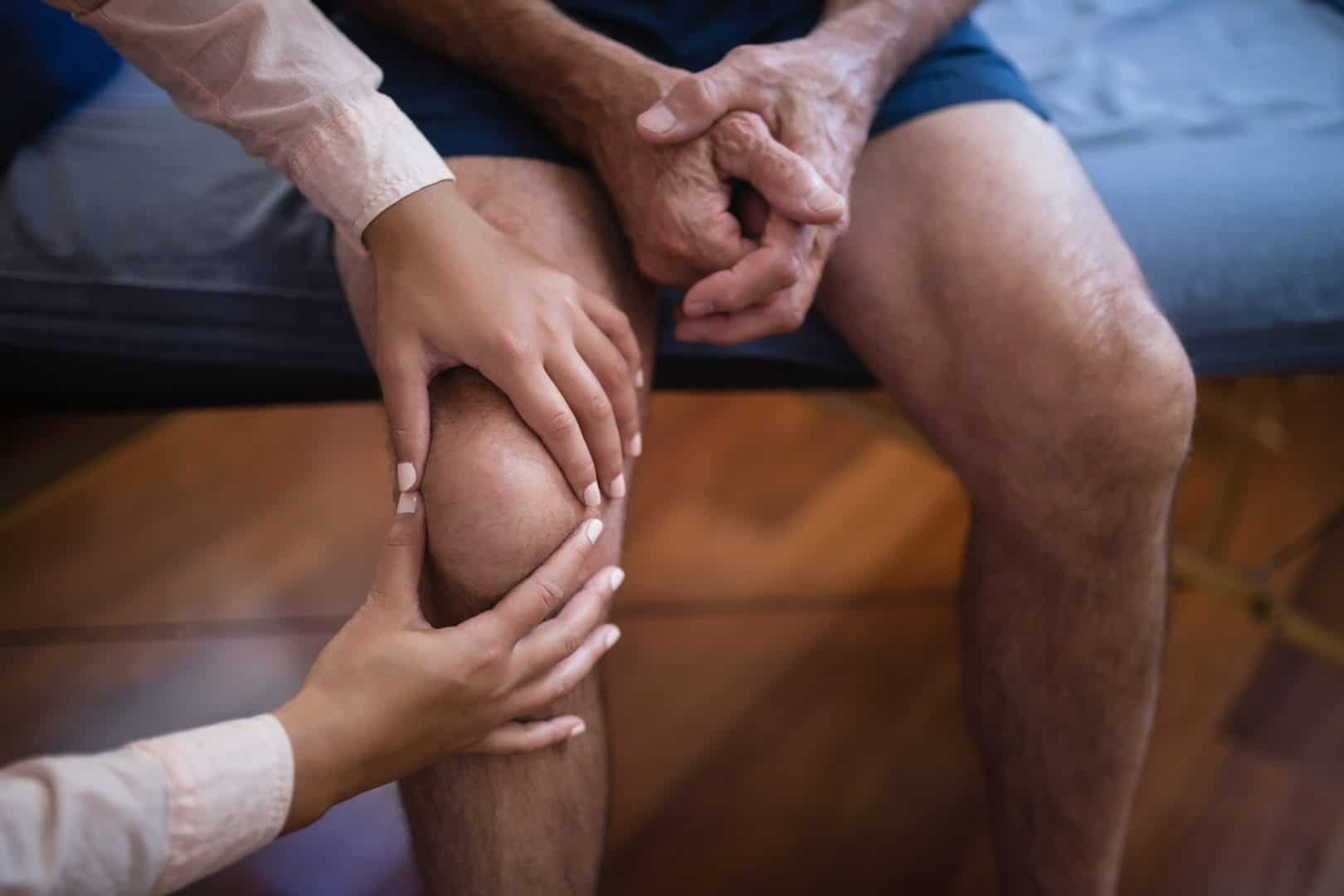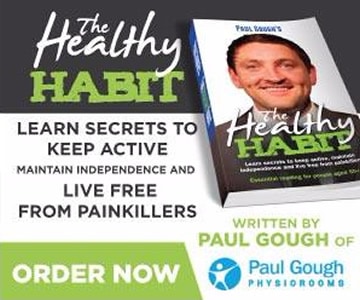
We’re going to share with you some easy and very actionable health tips to help protect vital joints, such as your knees, and help you to remain active and able to exercise for a lot longer.
All our little health secrets are great for anyone, but they are essential reading for anyone aged 50+, and especially for those that are looking to get more active now we’re approaching the warmer spring and summer months.
This blog post covers 2 easy things you can do to help protect your joints:
- Tips for choosing what surface / path you walk on.
- Tips for choosing what to wear on your feet.
The hidden dangers of the path you walk on…
OK, so firstly a little-known secret about protecting vital joints such as your knees is this: the path you choose to walk or run on can have serious repercussions and make the painful process of arthritis happening inside joints inevitable.
If you have a choice, uneven and gravelly surfaces should be avoided. That may appear to be a simple message, but here’s why it’s important for you to apply it: any surface that doesn’t offer a flat, stable base will test your balance, stress your joints and your muscle strength and even your energy levels, all to a point where you could be doing more harm than good.
Now, in moderation, anything is usually fine. But the big problems come when you’re choosing to walk the same path every night, week after week, month after month. Why? I’ll tell you, it’s because doing anything of the same kind repeatedly for too long just isn’t good for your body.
When it comes to being active (and walking or running) and keeping on the go for years longer, nothing trumps changing the surface you stroll on to give some muscles a rest, working some others at the same time.
With that said, want to know what your best options are?
Our top tip…
- OK, here you go: you’d be wise to mix it up a little and alternate between the beach, grassland and a nice flat tarmac surface and once in a while, hills or woodland is fine, too.
What not to wear on your feet…
Next, let’s talk about what you wear on your feet whilst doing it.
If you’re more worried about looking good whilst you’re on the move, then chances are your health account is going to suffer and deplete quickly. I’ve watched many women gasp in horror when I advise them to stop wearing high heels, which might look nice but aren’t very healthy for vital joints, in favour of Velcro-style trainers bought from somewhere like Clarks or Marks and Spencers.
Now, most people know that the more cushion you have on your shoes, the less impact through your joints. That’s obvious, right? But, what a lot of people don’t know is this: there’s also support and protection for joints to be found in the way you wear those shoes.
Leave them loose, and vital joints move around too much, causing painful joint surfaces to rub together.
Our top tip…
- Pull the laces or strapping tight enough, it can actually be a source of vital support. It’s true, the tighter your shoes are (but not so tight as to restrict blood supply), the less movement at your knee and ankle joints. And that means less rubbing and wear or tear of joint surfaces, therefore less damage in the joints in the long run.And that’s why sandals or loose fitting type plimsolls should NEVER be worn when you’re being active or exercising. Sure, they may look better, even feel better, because they’re light and airy, but you’re adding serious and unnecessary pressure to the joints that you need to see you through another 30-40 years of being active. Why risk it?
Orthotics…
Foot orthotics can also be a great option especially if you’re looking to get more active… we’ve been helping lots of patients recently that have been struggling but are wanting to get more active now that the weather is getting better.
However, they don’t only benefit people that go out and exercise. People wear them day to day to help with alignment and posture.
Wearing custom-made foot orthotics, in many cases, especially if you’re aged 50+, will help you to wear any shoes you want… safe in the comfort that your joints are being protected, while your favourite footwear is still being worn, and you’re able to safely remain active. If you have any questions about orthotics, feel free to contact us using the details below.
If you’d like to read about more useful tips you could adopt, contact us about Paul’s “The Healthy Habit” book. It is essential reading for people aged 50+, and for anyone that would like to improve their own healthy habits.
P.S. Hopefully you have read our positive vaccination story, we were featured in both the Hartlepool Mail and Northern Echo recently, celebrating that our physio staff had received their first Covid-19 vaccinations. If you missed it, you can read our blog post here.
We are here for you…
If you’re in pain and would like to talk to us about getting some help, some specialist advice, or if you are looking for a diagnosis, remember we are always here to help you.
We are safely offering both face-to-face and virtual appointments, as well as free taster sessions for anyone that is “unsure” if physio is right for them.
If you would like to get one of our limited slots, please click here to complete our enquiry form or CALL us on 01429 866771.

